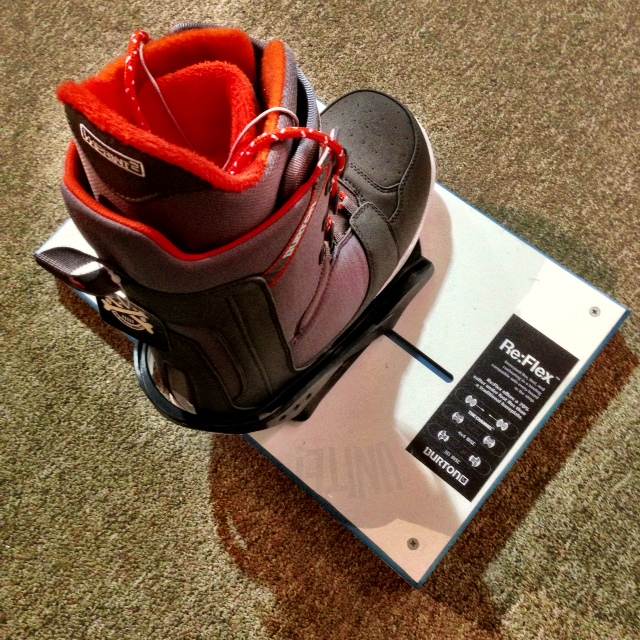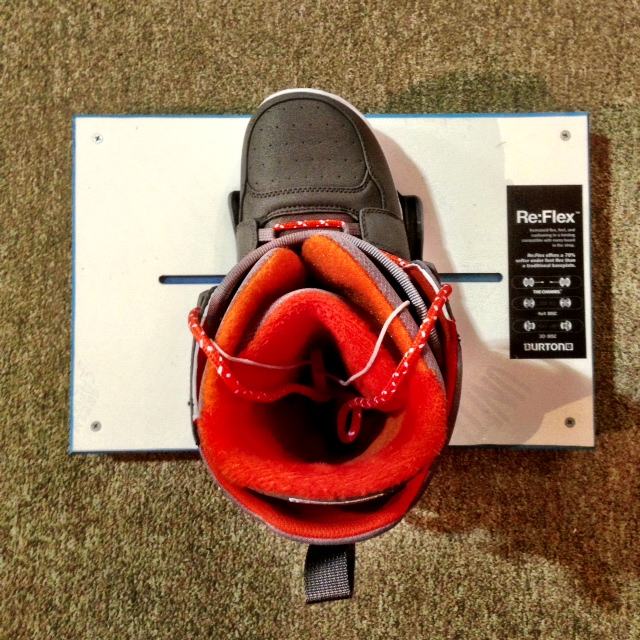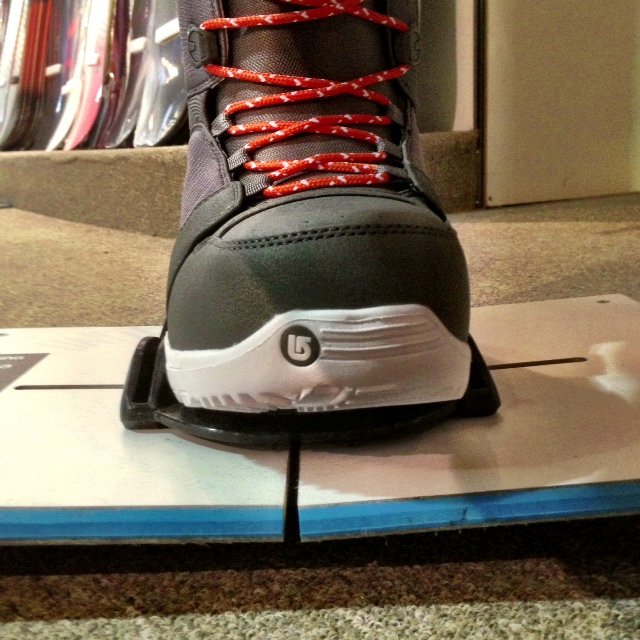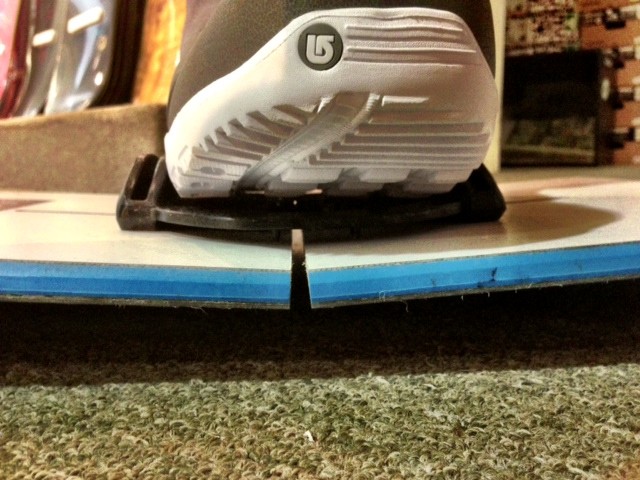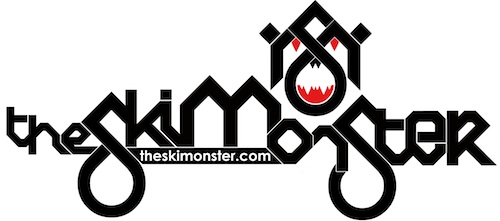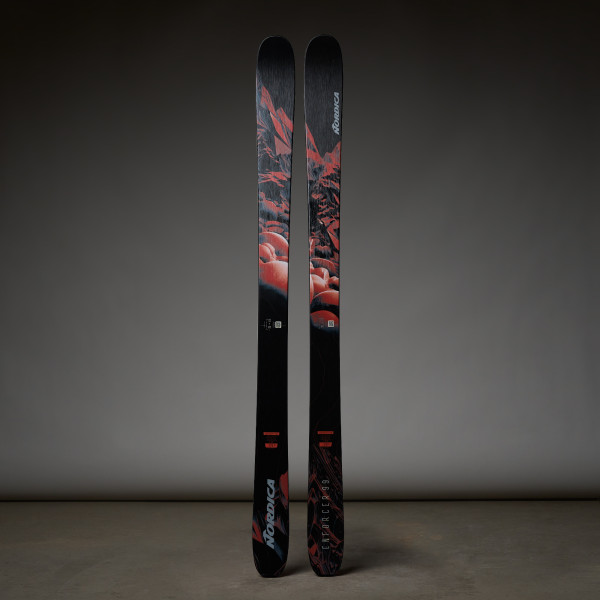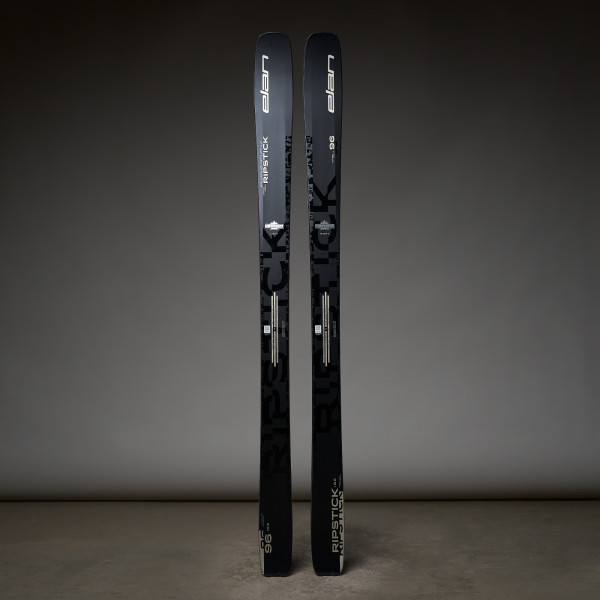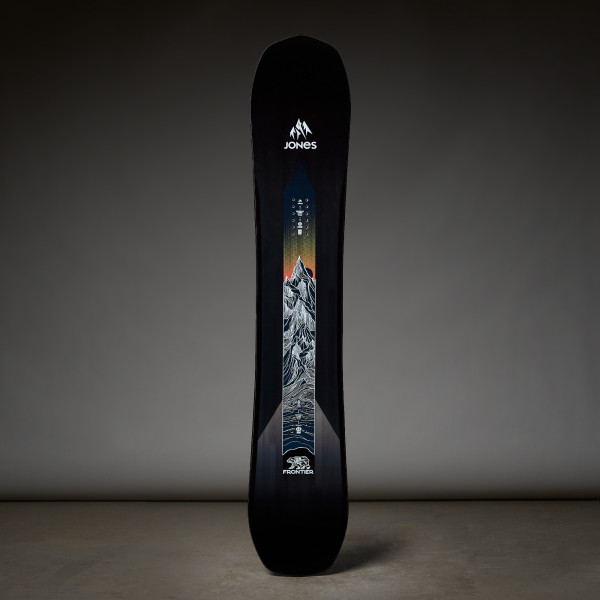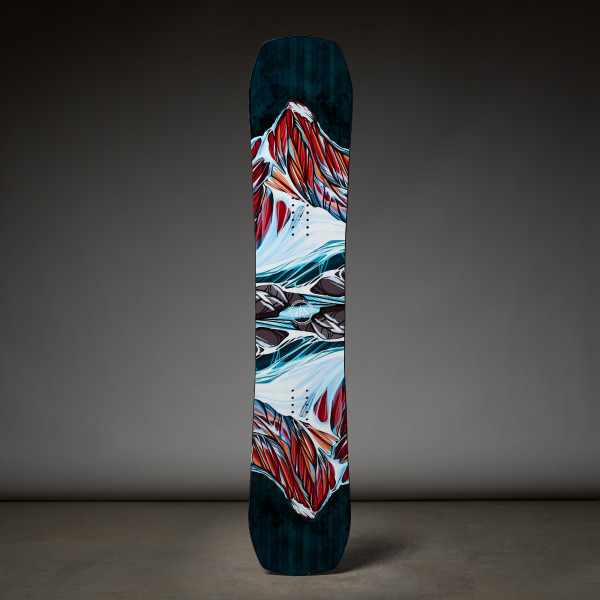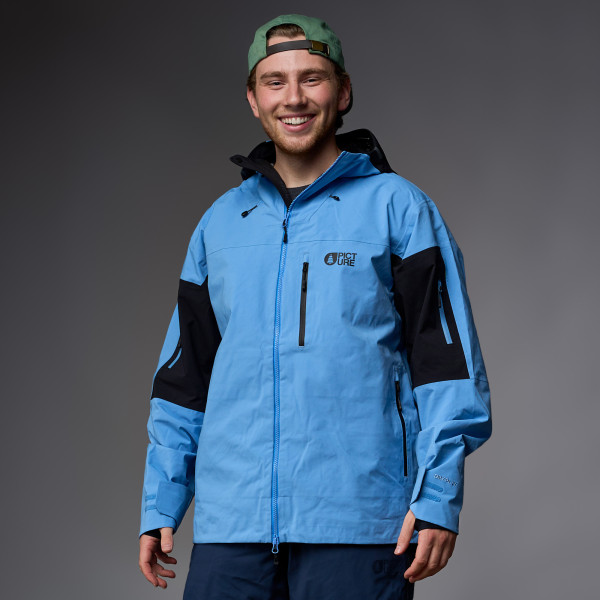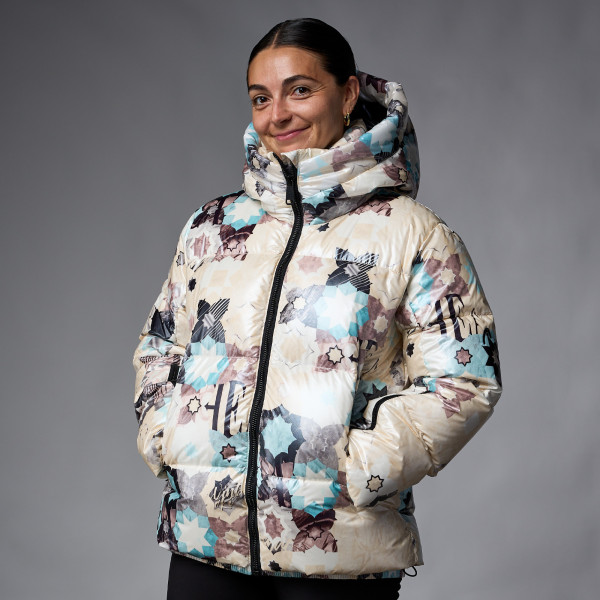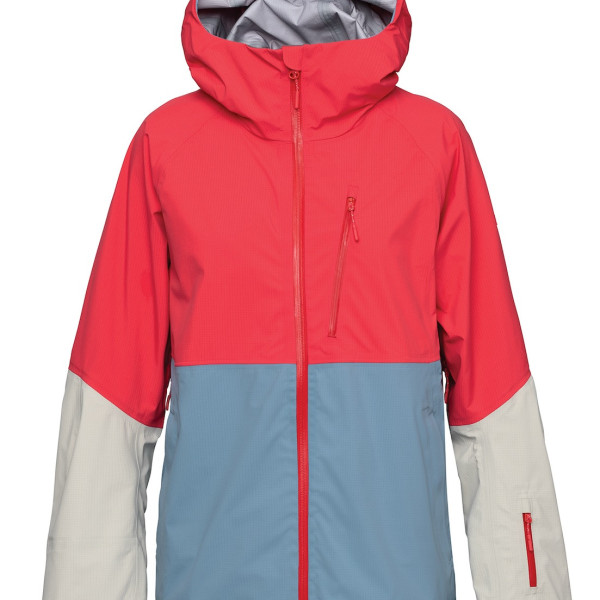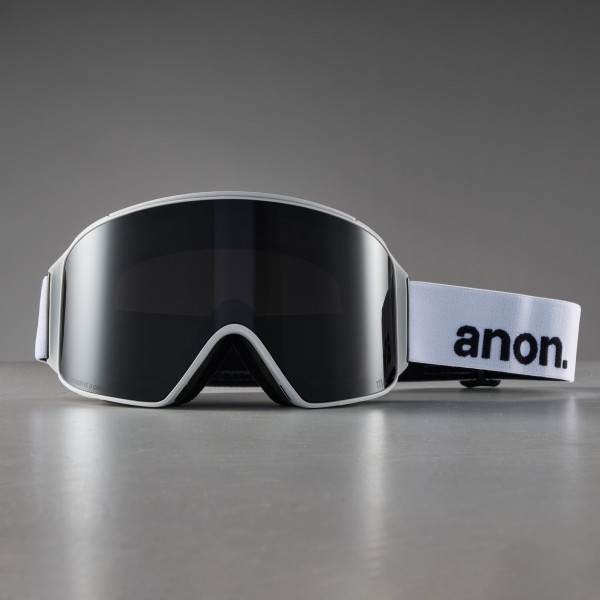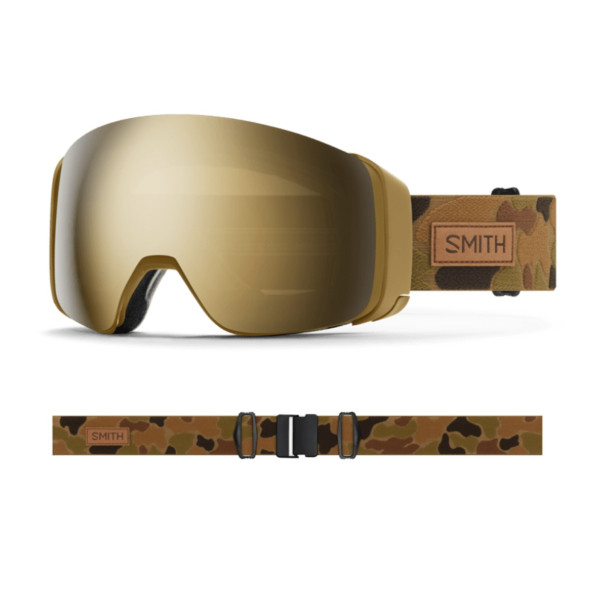Your Shopping Cart
Hot Items
Ski & Snowboard Outlets
Burton Bindings: EST vs Re-Flex
Posted September 21, 2013 @ 10:57am | by The Ski Monster
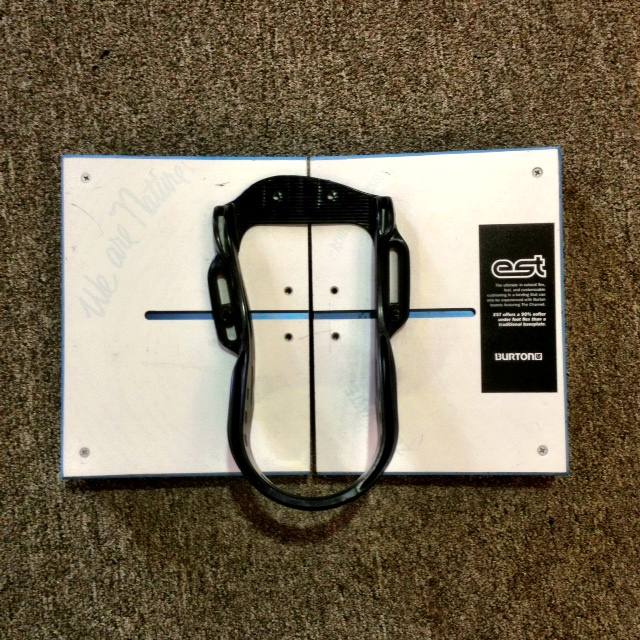
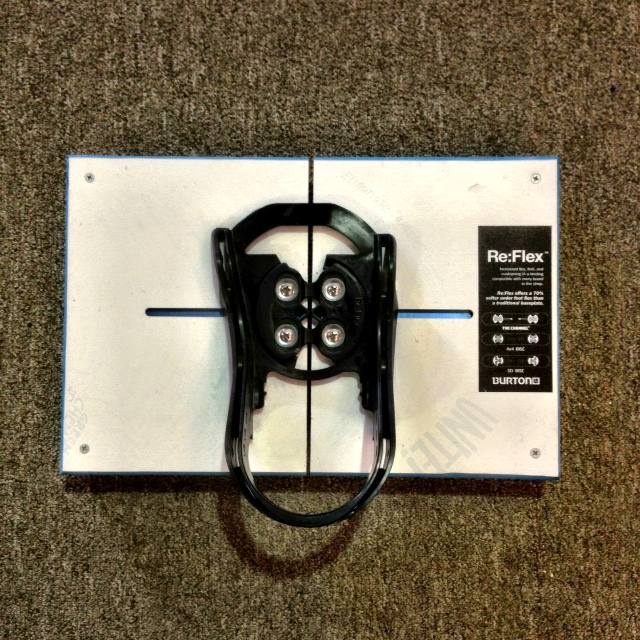
Burton Snowboard bindings have a reputation for being the best in the industry and their team of riders shows Burton has things figured out when it comes to making a killer product backed by technology that really works and riders that put it to the test.
Burton has two binding systems out right now. EST and Re-flex. Both systems are top notch and are built for specific concerns, the utmost being whether or not you ride a Burton snowboard.
If you’re riding a Burton board with the Channel System there is no contest as to whether or not you should be riding an EST binding system. EST is unique because there is no base plate under your foot, just strait up minimalistic EVA foam on top of snowboard, delivering the ultimate in feel and response. The binding has mounts on the outside of the binding chassis with channels that run perpendicular to the channels in the Burton boards allowing for infinite adjustability to your stance, pretty neat.
Another factor in flexibility of the Burton EST bindings is Burtons patented Hinge system. The science behind the system starts at the heel cup of the binding chassis where two hinge points have been installed allowing for a more free flowing lateral flex from the binding. What does this mean for you? It means increased maneuverability in terms of foot role, less fatigue throughout the day and maximum ollie power.
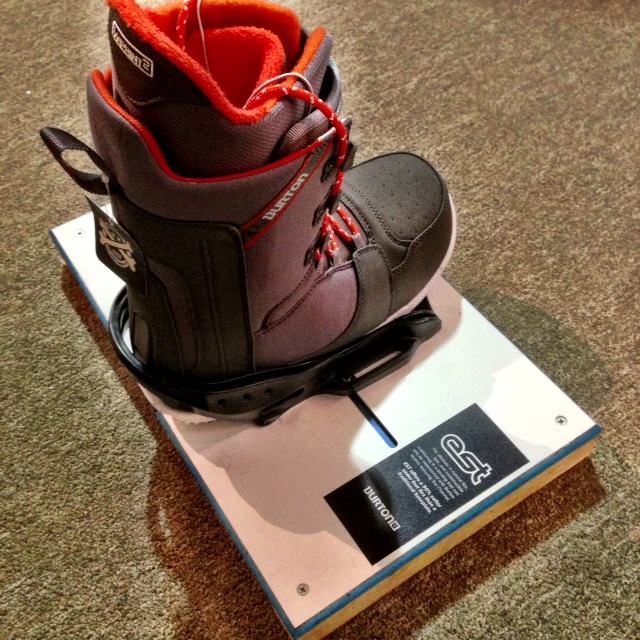
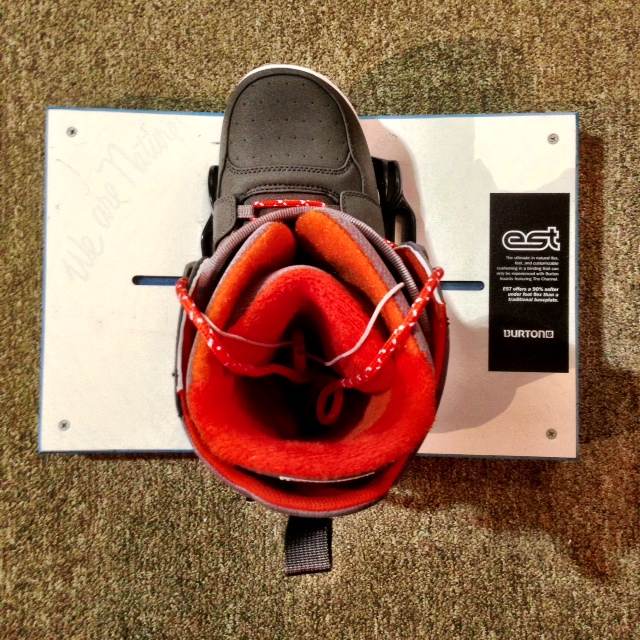
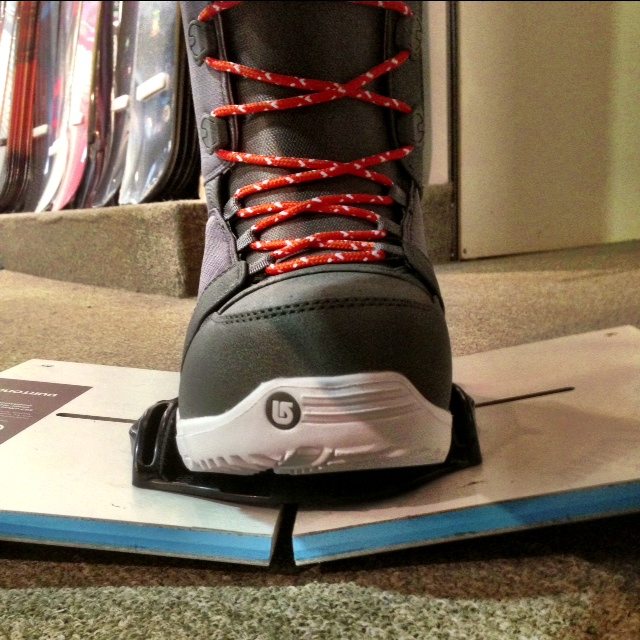
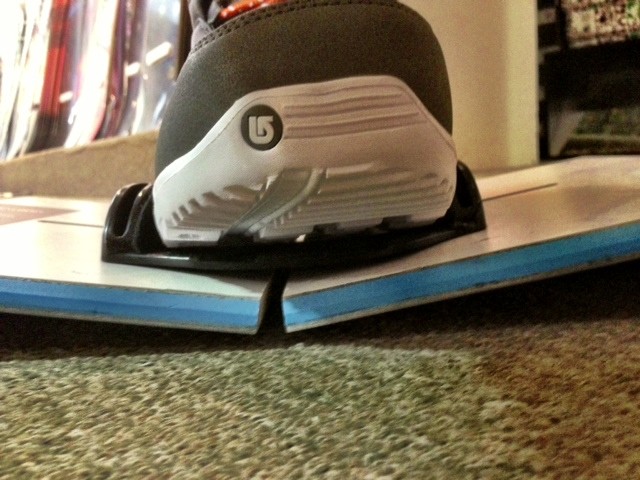
The other primary binding system available from Burton is the Re-Flex system. The Re-Flex allows for Burtons fantastic bindings to be ridden on other brand boards. Re-flex is Burtons offering of increased natural board flex for anyone riding any kind of board that requires the use of the traditional baseplate mount. The Burton Re-flex binding system is also compatible with Burton Channel System boards and is also a little easier on the wallet.
Re-flex is still every much revolutionary in terms of eliminating material, reducing weight and adding flexibility to base plate bindings. The Re-flex bindings come with three different base plates compatible for 4x4, 3D and Channel mounting. The plastic has been reduced in the base plate and a center hinge point added. This means the binding is lighter and provides more flexibility underfoot where you need it. This hinge point also allows for a more natural flex in the board letting you really work that camber where it counts…underfoot that is of course!
Lets not forget that by eliminating some of the material in the binding there is now more room for more cushioning, increasing comfort and reducing fatigue. Burtons FullBED cushioning is attached right to the base plate but includes a sneaky door underfoot allowing for access to the base plate so you can adjust your stance on the fly.
I’d like to point out that in both EST and Re-Flex binding systems the removal of material has been discussed which should lead to questions about strength right? It is important to point out Burton has guys who not only design bindings but also design machines to break the very bindings the guys at Burton designed for all you shred happy noggins out there. These machines put far more force on the bindings than a human force could ever produce. What I’m getting at is these things have been tested, Tried and True.
